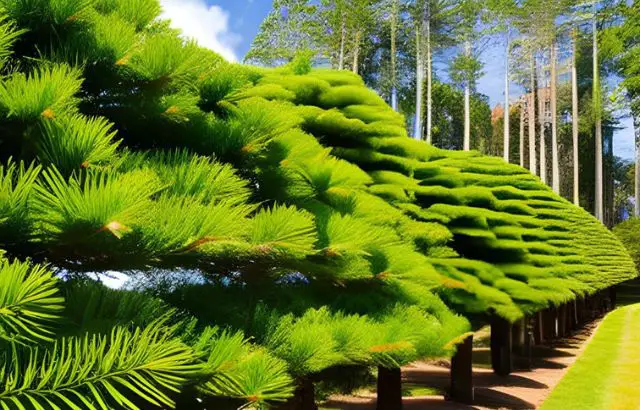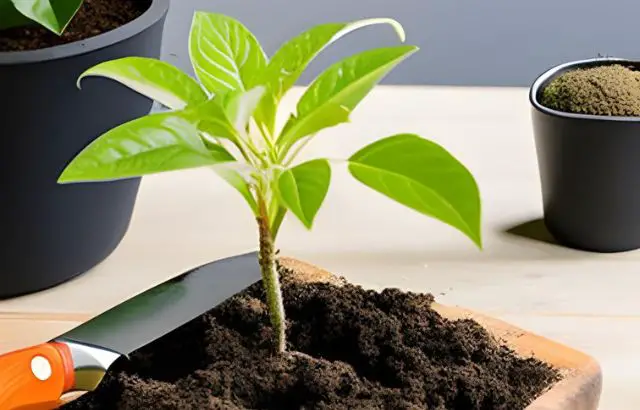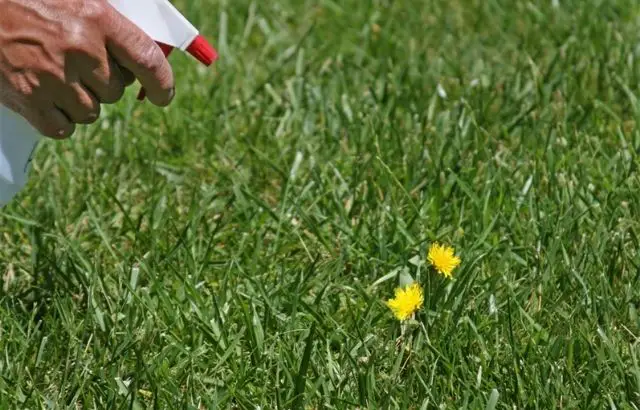Renowned for its elegant structure and resilient nature, the Norfolk Island pine (Araucaria heterophylla) has become a favorite among plant enthusiasts. Originating from the South Pacific’s Norfolk Island, this evergreen tree can seamlessly blend into your indoor garden, provided you understand its care requirements. This in-depth, step-by-step guide unveils the secrets of successful Norfolk Island pine care.
Read More: How to Save Dying Pine Tree
How to Care for a Norfolk Island Pine
Understand Your Norfolk Island pine

Knowing your plant is the cornerstone of effective care. The Norfolk Island pine is an evergreen conifer that can reach up to 10 feet indoors. It thrives in cooler temperatures, typically between 60-70°F, and enjoys a humid environment, reflecting its native tropical habitat.
Create an Ideal Environment

Light: Position your Norfolk Island pine in a spot that gets bright, indirect sunlight. Too much direct sunlight can cause the needles to scorch, while insufficient light can lead to sparse growth.
Humidity: Being a tropical plant, this pine loves high humidity. Maintain a humid environment by placing the plant on a tray of water-filled pebbles or using a room humidifier.
Watering and Fertilization

Water: Water your plant when the top 1-2 inches of soil feels dry. Be careful to avoid overwatering, which can lead to root rot.
Fertilizer: Feed your plant with a balanced houseplant fertilizer every month during the growing season (spring and summer) and reduce it to every other month during fall and winter.
Pruning and Repotting

Pruning: Minimal pruning is recommended as the Norfolk Island pine doesn’t grow back at pruned sites. Prune mainly to remove brown or dead branches.
Repotting: When the plant outgrows its pot, usually every two years, report during spring using fresh, well-draining soil.
Problem Identification and Solution

If your Norfolk Island pine needles start yellowing or browning, it could indicate problems like overwatering, insufficient light, or inadequate humidity.
My Opinion
With its captivating aesthetics and humble care requirements, the Norfolk Island pine can be a wonderful addition to your indoor plant collection. Following this step-by-step guide, you can create a nurturing environment for your pine, ensuring it graces your space with its elegance for years.




